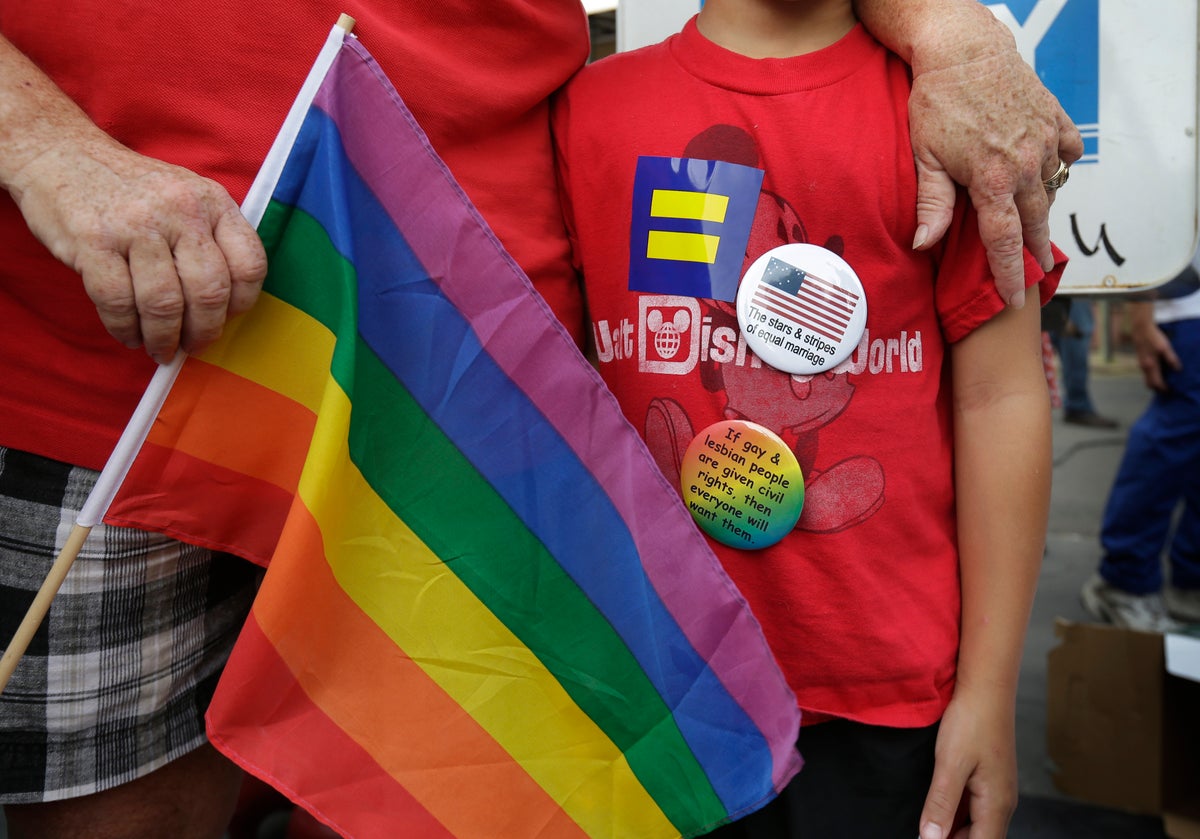
Adoption is one way LGBTQ+ people can fulfill their dreams of becoming a parent. According to the U.S. Census Bureau, same-sex couples were four times more likely than opposite-sex couples to adopt a child in 2019.
While LGBTQ+ prospective parents can expect a similar adoption process as opposite-sex couples, there are unique considerations involving whom to work with and how to pay for adoption.
Knowing whom to turn to during what can be an emotional and expensive process can help LGBTQ+ adoptive parents along the way.
CONSIDER THE TYPE OF ADOPTION
One of the first decisions all prospective parents must make is what type of adoption works best for their family. Options include adoption through foster care — nearly 400,000 children in the U.S. currently await homes — or through an adoption agency. Another option is an independent adoption, which involves working directly with birth parents.
Intercountry adoption, or adopting a child from another country, presents obstacles for prospective parents who are LGBTQ+. According to the National Council for Adoption, a handful of countries, including Brazil, Colombia and South Africa, allow adoptions by nontraditional parents. Other countries may allow a single parent who identifies as LGBTQ+ to adopt, but not a couple.
WORK WITH LGBTQ+ FRIENDLY PARTNERS
Another important consideration for LGBTQ+ prospective parents is finding the agencies, attorneys and organizations that see them as valid parents who deserve a family.
While the U.S. Supreme Court removed the last statewide ban on same-sex adoption in 2017,state-licensed adoption agencies can refuse service if there’s a conflict with the agency’s religious beliefs.
An adoption agency that works with the LGBTQ+ community can be an especially helpful resource since they bundle services together, such as “home study” visits to assess applicants and their living situation, counseling for the birth parent and post-placement assessments.
When starting the adoption process, New York resident Edgar Casillas, 37, and his husband asked themselves what type of agency was right for them.
“Agencies come in all shapes and sizes, they all have slightly different priorities and points of view,” Casillas says. “We wanted to make sure that we were with an agency that matched what we were looking for and stood up for what we believed in.”
Pam Hoehler, director of placement services at the adoption organization Paths for Families, suggests the Human Rights Campaign’s All Children-All Families program for help finding partners willing to work with LGBTQ+ adoptive parents.
The HRC posts a map “that indicates agencies that are specifically trained and want to work with (the LGBTQ+ population),” Hoehler says. She also encourages prospective parents to find support groups within their communities to help them feel connected through the adoption process.
PREPARE YOUR FINANCES
The total cost to adopt can range from a few hundred dollars or less for a child in foster care to more than $60,000 for a private adoption. On the higher end, these costs can include counseling fees, medical and legal fees, travel and agency fees.
Since few employers offer adoption financial assistance as part of employee benefits, adoptive parents often pay the expenses out of pocket.
Christopher Stroup, a Santa Monica, California-based certified financial planner who works with LGBTQ+ clients, suggests first identifying funding options, which may include government assistance, savings, home equity or personal loans.
Other resources include organizations and foundations that support LGBTQ+ parenthood and offer grants that help offset adoption costs.
Stroup also encourages supplementing your emergency fund beyond the usual three- to six-month recommendation.
“Consider funding your reserve to something more like six to 12 months,” Stroup says, “so you’re prepared should an unexpected hurdle happen as a result of the adoption process.”
Adoptive parents may also receive federal tax benefits . TheAdoption Tax Credit covers qualified adoption expenses for foster care, private, domestic or international adoptions. In 2022,an individual or married couple filing jointly can claim the full credit, up to $14,890, as long as their modified adjusted gross income (MAGI) was below $223,410.
BE READY WHEN THE TIMES COMES
For all prospective parents, adopting a child requires patience. According to the National Adoption Foundation, adopting a child who is in foster care can take up to 18 months, while the wait for a newborn can range from two to seven years.
“The wait has been one of the hardest things,” Casillas says. He and his husband have been waiting for nearly three years. However, he’s not letting the wait dim his hope. “When the time is right and it’s the right situation, it’s going to happen.”
______________________________________
This article was provided to The Associated Press by the personal finance website NerdWallet. Ronita Choudhuri-Wade is a writer at NerdWallet. Email: rcwade@nerdwallet.com.
RELATED LINKS:
NerdWallet: Adoption Loans: How to Finance an Adoption https://bit.ly/nerdwallet-adoption-loans
HRC: All Children - All Families Program https://reports.hrc.org/2021-change-makers-report
IRS: Topic No. 607, Adoption Credit and Adoption Assistance Programs https://www.irs.gov/taxtopics/tc607







